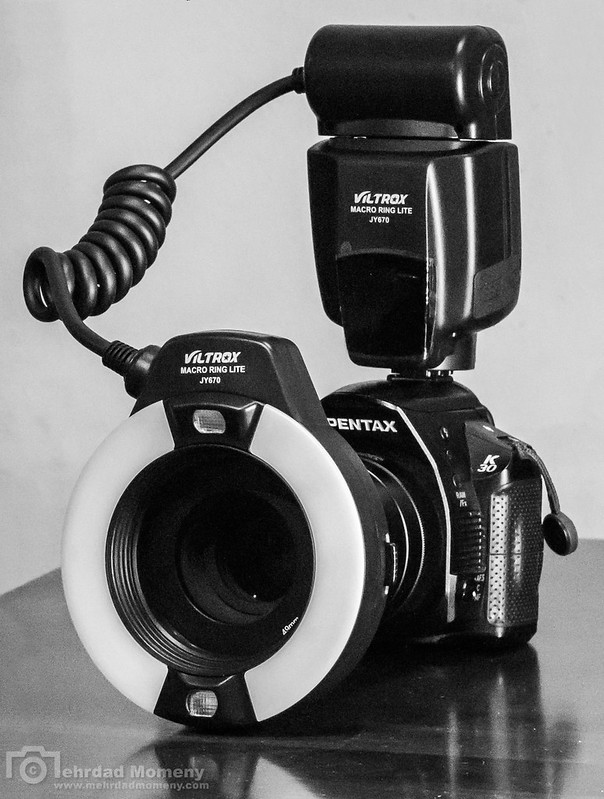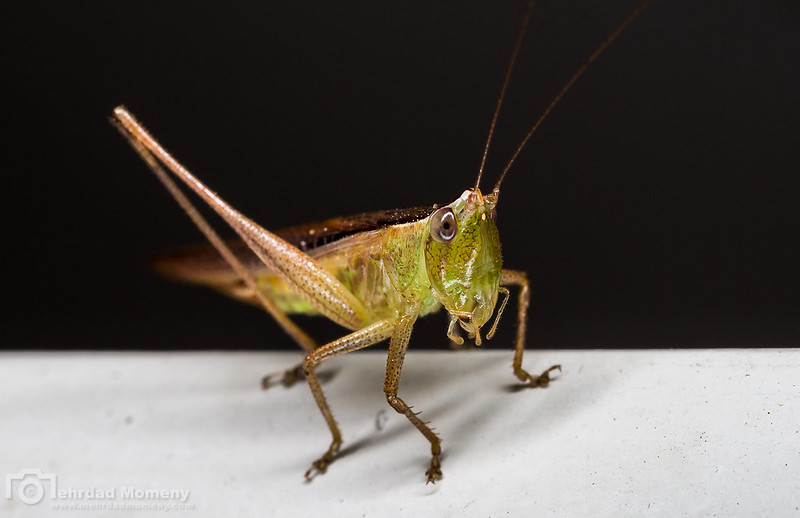 Originally posted by elivarz
Originally posted by elivarz 
2) About flash - is Pentax ringflash so good for macro - or better is use regular external flash? PENTAX AF-160FC seems for me totally overpriced.. Or not?
I bought a third-party manual ring flash(about usd100), it's a great thing! the only thing it misses is P-TTL, but I never use any setting on auto in macro. (specially flash, and that's one of the reasons I upgraded to K-3, to have manual on-board flash)
Here it is:

But I don't like the harsh light of it. and don't suggest it, specially to be used from distance, ie at 100mm focal length shots.
The only place I find it useful is to be used with DA35ltd, because of working distance, it's hard to use on camera flash with DA35ltd, and the ring flash is plenty good for it.



 Similar Threads
Similar Threads 














 Post #3 by Doundounba
Post #3 by Doundounba








